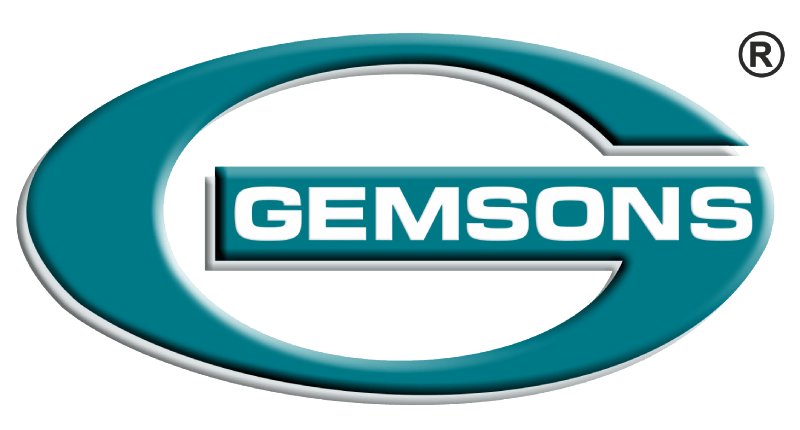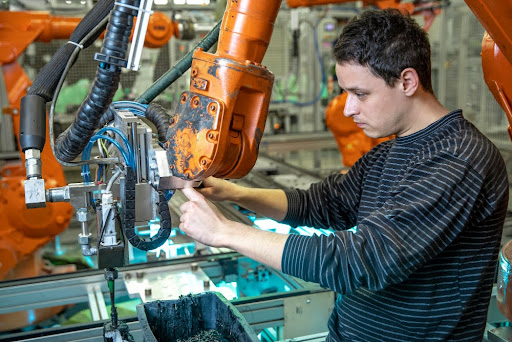Electric generators are crucial in various industries, ranging from energizing factory plants to enabling critical infrastructure and backup systems. At the core of these generators are pieces that need to perform perfectly under stringent conditions. Among the major factors in generator performance and dependability are machined parts. These parts are instrumental in keeping electric generator parts running at maximum efficiency with minimal losses, fewer maintenance requirements, and extended working life.
Why Precision Counts in Electric Generator Parts
Generators transform mechanical energy into electricity by converting mechanical motions and electromagnetic concepts. For this to be effective, all moving and stationary components have to work in concert perfectly. Any minute deviation in size, alignment, or tolerance can lead to energy losses, overheating, or mechanical breakdown.
Electric generator parts like rotors, stators, end shields, bearing housings, shafts, and mounting flanges need to have very tight tolerances. This ensures little friction, best alignment, and revolving smoothly, all factors that help to minimize power loss and maximize lifespan.
Components That Require Precision
Rotor and Shaft Assembly
The rotor is the moving part within the generator. It needs to rotate at a uniform and accurate speed in order to produce electricity effectively. The shaft, that runs between the rotor and the outer prime mover, should be machined to precise sizes and well balanced to prevent vibrations or losses. Accuracy in the assembly provides mechanical stability and free energy transfer.
Stator Core and Housing
The stator is stationary and holds the windings that produce electricity as the rotor rotates within it. The machining of the stator housing and its alignment with the rotor is important for effective electromagnetic induction and preventing energy loss or coil damage from misalignment.
Bearings and Mounting Surfaces
Bearings facilitate the rotational support of the shaft. Precisely machined housings and alignment features avoid misfit or movement, which may result in friction, heat production, and premature wear. This is essential to ensure the smooth, uninterrupted operation of the generator.
Cooling and Ventilation Systems
Generators run at high loads and need to remain cool to operate efficiently. Cooling parts such as fan blades, air ducts, and heat exchangers need precise machining to ensure maximum airflow and heat release. Lack of accuracy in these components may compromise cooling efficiency and cause overheating.
Improving Generator Performance Using CNC Machining
CNC (Computer Numerical Control) machining has transformed the production of electric generator components. With computer-based precision and repeatability, CNC machining provides consistent part quality in large series production. Below’s how it improves generator performance:
Consistent Part Quality
Parts machined with precision enable consistent assembly and functioning. This minimizes downtime owing to part failure or wear and leads to increased generator life.
Material Efficiency
With reduced waste and increased utilization of raw materials, CNC machining is sustainable without sacrificing durability or strength.
Tight Tolerances
CNC machines today have capabilities to hold tolerances of a few microns. This is necessary for parts such as shafts and housings, where even minor discrepancies would disturb the balance and effectiveness of the generator.
Surface Finishing and Fit
CNC machining also provides high-quality surface finishes, which are essential for sliding parts. A smooth finish lowers friction, increases thermal conductivity, and contributes to general part interaction.
Impact on Maintenance and Operating Costs
With precision-machined electric generator parts, not only is there increased efficiency, but maintenance is also simpler. There are fewer breakdowns, improved fitting spares, and reduced part replacement frequency, all of which mean lower operating costs throughout the life of the generator. Precision components prevent cascading failures resulting from a single component misfit or wear.
Moreover, with components being produced to specific standards, it is possible to standardize maintenance processes and keep spares inventory with better overall operational effectiveness for industries dependent on uninterrupted power supply.
Conclusion
The effectiveness, dependability, and lifespan of an electric generator rely largely on the accuracy and quality of its internal components. From rotors to housings and all things in between, each part must function harmoniously in concert so the generator can operate with peak performance. Precision machining is not a plus anymore; it’s a necessity in the manufacturing of high-performance electric generator parts.
Gemsons Precision Engineering Private Limited (GPEPL) exemplifies the commitment to quality and precision needed in the CNC machining of generator components. With decades of experience, cutting-edge technology, and ISO-certified processes, Gemsons continues to be a trusted partner for clients who require high-performance, reliable solutions for their power generation needs.



Recent Comments